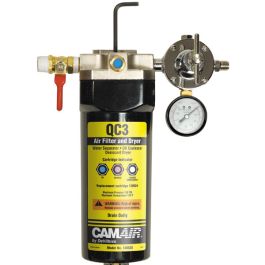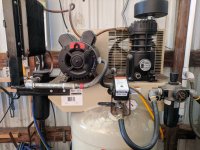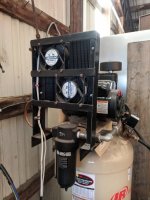I need a oil water separator, dryer for my compressor.
To Protect my air tools and keep shit out of the paint.
I started shopping but DAMN if there isn't 2 fuckin many choices all over the price spectrum.
Give some cool advice to this hungover brother w water and oil in his air, lol.
To Protect my air tools and keep shit out of the paint.
I started shopping but DAMN if there isn't 2 fuckin many choices all over the price spectrum.
Give some cool advice to this hungover brother w water and oil in his air, lol.




